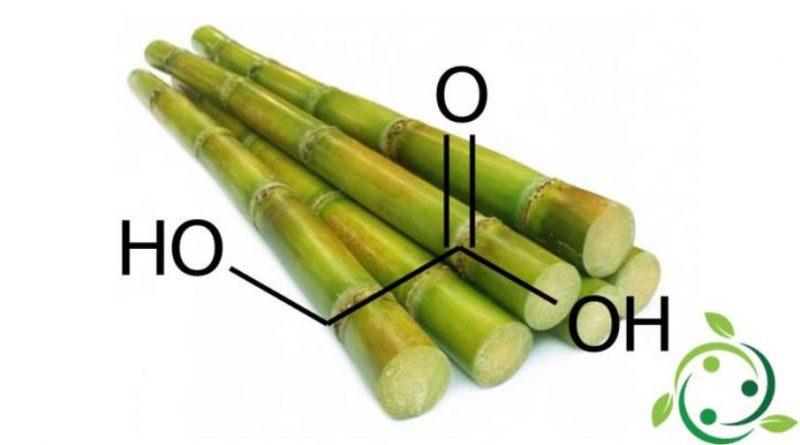Glycolic Acid
Glycolic Acid
Glycolic acid (or hydroxyacetic acid) which in the IUPAC nomenclature is called hydroxyethane acid whose brute or molecular formula is: HOCH2COOH, is a carboxylic acid and structurally it is the one with a molecule smaller than those of the α-hydroxy class acids.In nature, glycolic acid can be extracted from sugar cane, beetroot and unripe grapes.
Glycolic acid is a corrosive compound, which is solid, colorless and odorless at room temperature. The glycolic acid crystals are soluble in water (0.1 g / ml), alcohols, acetone and ethyl acetate. There is also a weak tendency to solubilization in diethyl ether and aliphatic solvents.
Glycolic acid is used, especially in cosmetic treatments, as an “exfoliating agent”. This characteristic is linked to its particular ability to penetrate the layers of the skin for which it is used in skin care products.
In dermatology solutions are used with glycolic acid concentrations between 30% and 80% even if in the market formulations are found for personal application with lower concentrations (around 10%).
The action of glycolic acid allows reacting with the upper epidermal layer, weakening the binding capacity of lipids that keep dead epithelial cells together. This property therefore leads to the removal of the outermost layer of skin, bringing to light the lower layers that are healthier, brighter and of better appearance.
It should be remembered that glycolic acid is photosensitizing, which is why it is recommended to use it in periods when the skin is less exposed to sunlight; however, with appropriate dosages and sun protection, it can also be used in the summer season. Glycolic acid is also used in many other chemical and industrial applications.
It is an intermediate compound in the organic synthesis of many reactions including: oxide-reductions, esterifications and polymerizations.
Through these processes, glycolic acid is used in the textile industry, where glycolic acid is used as a bleaching agent and as a tanning agent in the food industry, where it is used as an aroma and preservative. Finally, glycolic acid is often included in polymer emulsions, solvents and additives for inks and paints, in order to improve their fluidity properties and give shine.
Warning: The information given is not medical advice and may not be accurate. The contents are for illustrative purposes only and do not replace medical advice.

